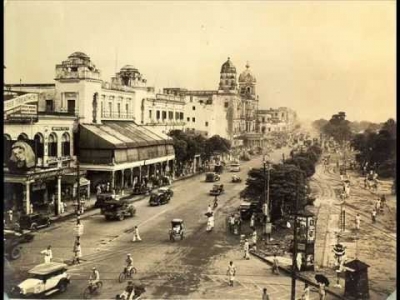
If one seeks relaxation and peace of mind. Amboli is the perfect answer. The scenic hills and the dense forests amidst the refreshing cool air make this place a paradise on Earth. Amboli, a pretty little hill station is situated at an altitude of about 690 metres in the state of Maharashtra. This tourist hotspot lies in the Sahyadri Ranges and comes under the Sindhudurg district.
Amboli abounds in unusual flora and fauna. The source of the Hiranyakeshi River lies in the hills around Amboli village. Amboli is a haven for waterfalls. Shirgaonkar Point, Mahadevgad and the Nangarta Falls are some of the numerous waterfalls that can be found here. The Nagatta Falls provides for an excellent location for picnics and relaxing. The Hiranyakeshi Falls houses a small and archaic Shiva Temple near the mouth of its caves.
Amboli has many viewpoints, like the Sea View Point, the Kavelsad Point, the Parikshit Point and the Mahadevgad Point. All these points offer panoramic views of the confluence of the Arabian Sea and the Konkan Coast.





